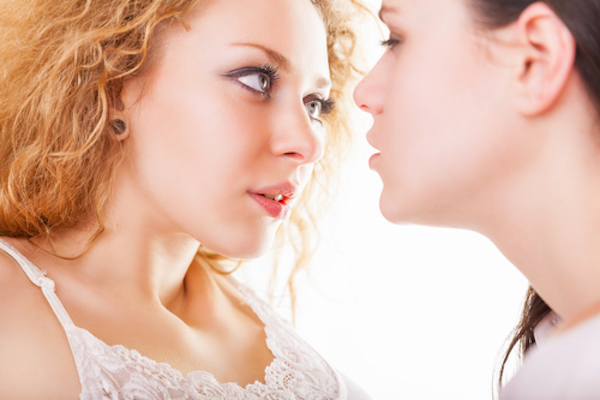

Imagine you walk or wheel into a healthcare office with your sore shoulder or back, after an accident or because you have not given up the wish of having better control of your body dealing with hemiparesis due to HIV or a stroke. You are welcomed warmly. Your same-sex partner, ex or a dear LGBTQ friend is with you. You sit down and start filling out the intake sheet.
Of course you are asked for your name and why you are coming today. But then the next question is: what do you like about yourself? Of what are you proud? Whom would you like to add as a support person with whom you and the therapist want to share information? In small print you find, “In this clinic we work together as a team building on your resilience and resources.”
This is how I envision healthcare in 2016.
According to healthypeople.gov, LGBTQ health requires specific attention from health care and public health professionals to address a number of disparities, including higher risks of suicide amongst LGBTQ youth, higher risk of becoming homeless for LGBTQ youth. Lesbians still are less likely to get preventive services for cancer, gay men are still at higher risk of HIV and other STDs, especially among communities of color. Transgender individuals have a high prevalence of HIV/STDs, victimization, mental health issues, and suicide and are less likely to have health insurance than heterosexuals or lesbian, gay, and bisexual individuals. Elderly LGBTQ individuals face additional barriers to health because of isolation and a lack of social services and culturally competent providers. LGBTQ populations have the highest rates of tobacco, alcohol, and other drug use.
LGBTQ activists and allies have contributed so much to our society simply by not giving up who they are and opening doors for a more diverse life and freedom for all parts of society. The price for it is not often health.
The desire to make health services accessible and inviting to all members of our local society as an openly lesbian, has been a driving force for my work since decades.
It is a pleasure and enriching to be part of an ethnic, cultural and gender diverse population in the Greater D.C. area. A real highlight is to be part of the Howard University family where I teach as adjunct faculty. In the five years of my teaching, I have seen a shift in occupational therapy students sharing about their gay and lesbian identities and learning therapeutic evaluations that include LGBTQ people and exploring gender identities. It was beautiful to listen to a student who introduced his made up case of a transgender woman after a stroke and her needs during an exam
So how to be truly welcoming?
Listen.
Don’t assume, ask open questions.
Be yourself authentic.
Get occasionally out of your comfort zone.
Provide your best services.
Keep on learning.
My vision for healthy people by 2020 is:
In Prince Georges County all primary care physicians and centers are trained to welcome LGBTQ clients openly.
The homeless and suicide rate for transgender persons and LGBTQ youth drop to average society due to access to cultural competent counseling and social support services.
LGBTQ people of all ages, ethnic backgrounds and physical abilities can access therapy and wellness services and present as an above average healthy population.
Jutta Brettschneider MS OTR/L and GCFB has worked as a healthcare provider, student mentor, and lesbian service provider for over 25 years. She currently runs The Movement Clinic focusing on Feldenkrais and occupational therapy services.